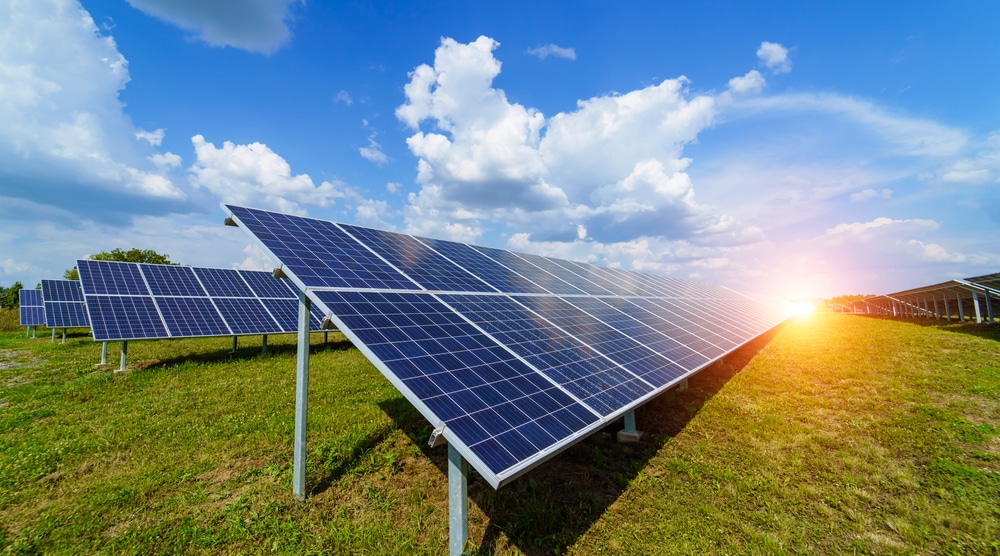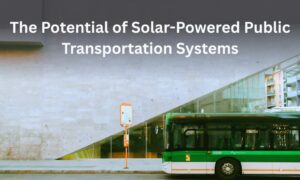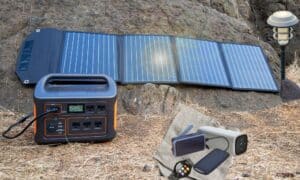Concentrated solar power (CSP) is a formidable and fascinating technique for producing solar energy on a massive scale. Despite being in use since the 1980s, it is still in its infancy and early stages, with innovation and efficiency enhancements actively being developed.
Although CSP produces less electricity overall than Photovoltaic (PV) solar power, there is tremendous room for CSP’s power output to increase significantly over the next several years given advancements in heat transfer fluids and thermal energy storage. CSP seems to have a great future.
CST vs CSP
What is Concentrated Solar Thermal (CST)?
Concentrated Solar Thermal (CST) is a solar energy technology that harnesses sunlight to generate heat. CST systems use mirrors, also known as heliostats, to focus a lot of sunlight onto a specific area, causing temperatures to rise.
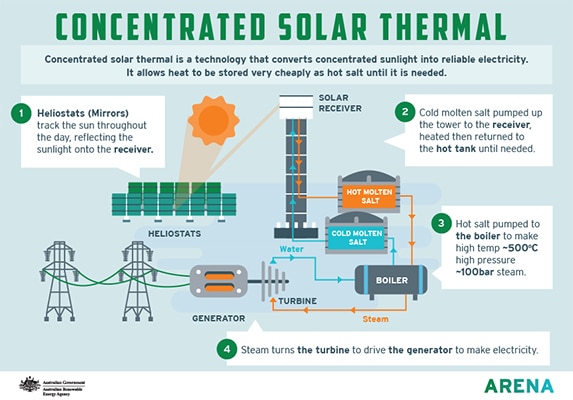
What is concentrated solar power (CSP)?
Concentrated solar power, or CSP, is a method that captures heat using a fluid, such as molten sodium or oil, which can heat water to create steam to drive a turbine and generate electricity. Some industrial processes can be directly decarbonised using heat.
CSP contains more features than other thermal power plants that produce thermal energy, such as geothermal, gas, or coal plants. Thermal energy storage, which can be used in concentrated solar power plants or facilities, allows them to continue producing electricity day or night by storing energy in the form of latent heat or sensible heat (for example, using molten salt). This makes CSP a dispatchable form of solar.
How does concentrated solar power work?
CSP technologies have a mirror configuration focusing sunlight on a receiver and converting it to heat. The energy converted to electricity is used in an electric turbine which creates electricity. CSP plants conserve electricity through thermal energy storage devices until necessary, such as when the sunlight has drained. CSP has efficient energy storage, making it a flexible alternative source for renewable energy. CSPs may be used as another power source to produce hybrid energy plants. CSP can integrate with thermal-burning power plants that use fuel such as biomass and coal.
The advantages of concentrated solar power
CSP’s greatest advantage is its renewable nature. Its supply cannot be exhausted and can be used continuously, thus providing a reliable energy source. Besides reducing the amount of carbon deposited, there’s no additional cost. Unlike fossil fuel combustion which creates carbon dioxide when burned, CSP is a cleaner and healthier resource. It will improve air quality and reduce climate change. CSP also delivers a relatively constant energy source, especially when compared to solar PV or wind power which offers intermittent power supply.
The disadvantages of concentrated solar power
CSP can benefit many users but has shortcomings. For one, the viability depends heavily on the location.
Like large-scale solar PV and wind energy, the CSP plant requires huge areas to run, rendering them unprofitably expensive in the most populous regions. Combined solar energy uses water to propel steam turbines and cool thermochemical reactors and produces high temperatures.
While seawater might have potential solutions, this could cause solar radiation problems in surrounding areas.
In the same way, light attracts animals, while heat may cause death in certain species. CSP is a very costly system.
The difference between solar PV and concentrated solar power
CSP and photovoltaic solar (PV) utilise solar energy, frequently contrasting the two technologies. While solar PV has grown significantly in recent years due to lowering prices, solar CSP has grown slowly because of technological challenges and expensive costs.
The most significant difference between solar PV and CSP could be largely due to electricity production methods. CSP systems convert solar energy into electrical energy through various mirrors. Photovoltaic solar panels use sunlight instead of energy from sunlight. Unlike CSP, solar energy enables direct conversion from light to electricity. The solar PV cell absorbs light instead of reflecting light, which stimulates electrons which create currents. Direct currents are captured and converted into ACs with inversions to allow for distribution across a power network.
Energy Matters has been a leader in the renewable energy industry since 2005. We can connect you with our trusted local installers, who will provide up to 3 FREE solar quotes for your home solar energy system. You can also learn more about home solar panel system sizing here.
Types of CSP technologies
Parabolic trough – Through this system, solar energy is concentrated by curved, trough-shaped reflectors, which are focused onto a receiver pipe. The pipe usually contains thermal oil, which is heated and then used in the thermal power block to generate electricity in a steam generator.
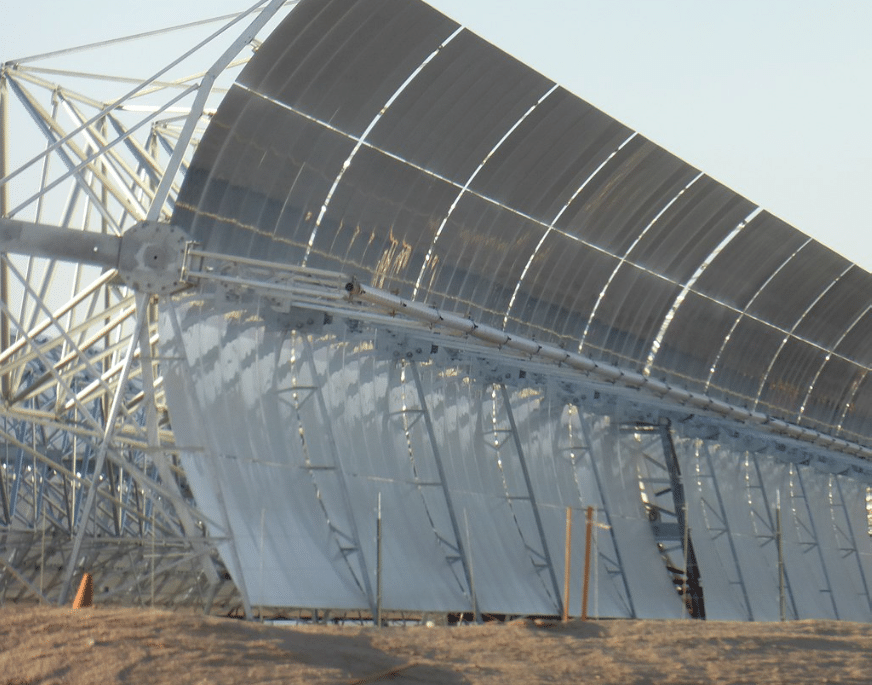
Power tower – Uses mirrors called heliostats that track the sun and focus its energy onto a receiver at the top of a tower. A fluid (often molten salt) is heated inside the receiver and is used to generate steam, which drives a turbine generator.
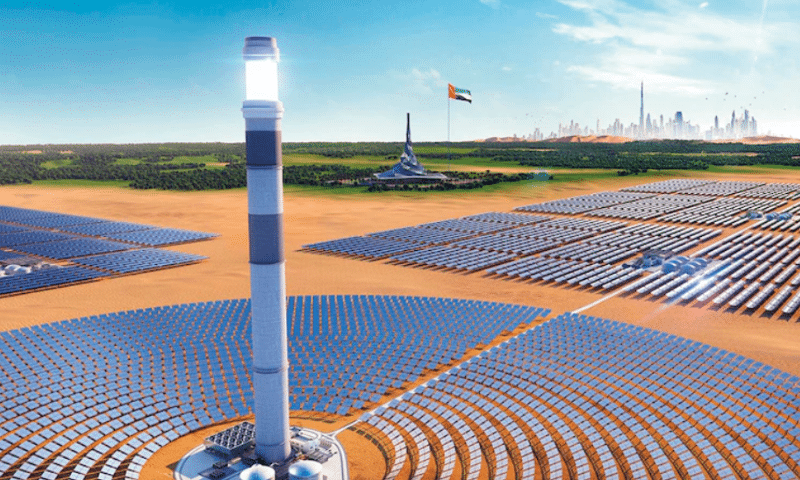
Linear fresnel – Many collectors are set out in rows. The mirrors are flat on the ground and reflect the sun onto the receiver pipe above. Like trough and tower systems, fresnel can directly integrate storage in a power block or generate steam.
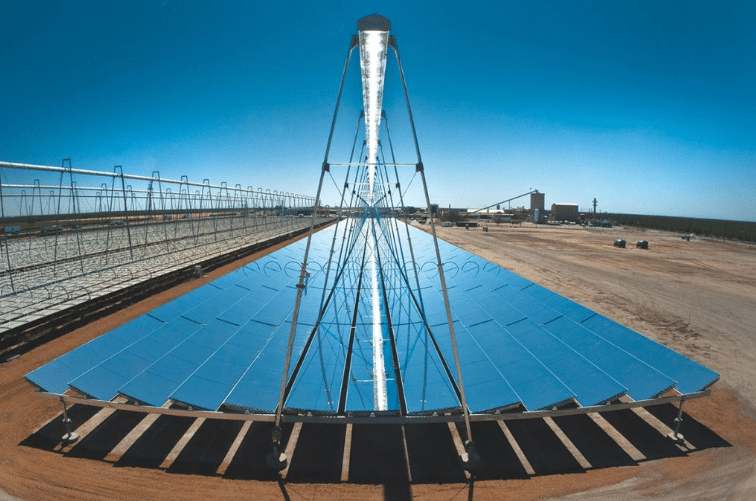
Parabolic dish – A parabolic-shaped dish acts as a concentrator that reflects solar energy onto a receiver mounted on a structure with a tracking system that follows the sun. A heat engine then generates the collected heat. The dish can attain very high temperatures, which makes the system potentially well-suited for solar reactors.
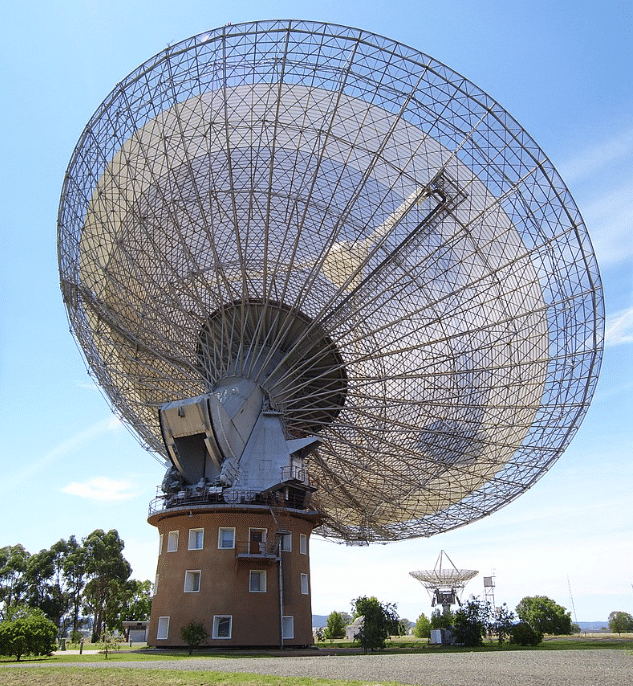
Concentrated solar power in Australia
Several CSP dishes have been set up in remote Aboriginal settlements in the Northern Territory: Hermannsburg, Yuendumu and Lajamanu.
Vast Solar is in talks to build a 50 MW hybrid Concentrated Solar Power -PV-gas plant in the off-grid Mount Isa mining town in Queensland, Australia.
The A$600 million ($420.0 million) plant would combine Concentrating Solar Power with 14 hours of storage, PV, short-duration battery storage, and fast-response gas generators. Mount Isa customers reportedly pay around A$150/MWh for power supply from local gas-fired generation.
Vast Solar believes it can build the plant by 2023. The plant would be Australia’s first utility-scale Concentrated Solar Power plant completed.
Since June 2018, Vast Solar has operated a 1.1 MWe pilot plant in Jemalong, New South Wales. The A$24 million pilot plant consists of five modules and three hours of storage capacity and received A$9.9 million in funding from the Australian Renewable Energy Agency (ARENA).
Our professional solar installers in Melbourne will assess and determine your energy needs. We customise a solar panel system in Melbourne to fit the roof size of your property, ensuring you receive the most suitable solar panel system for your Melbourne home, meeting to property’s energy requirements.









